Affiliate links on Android Authority may earn us a commission. Learn more.
OnePlus One review - no, we don't have an invite - yet
Published onMay 9, 2014
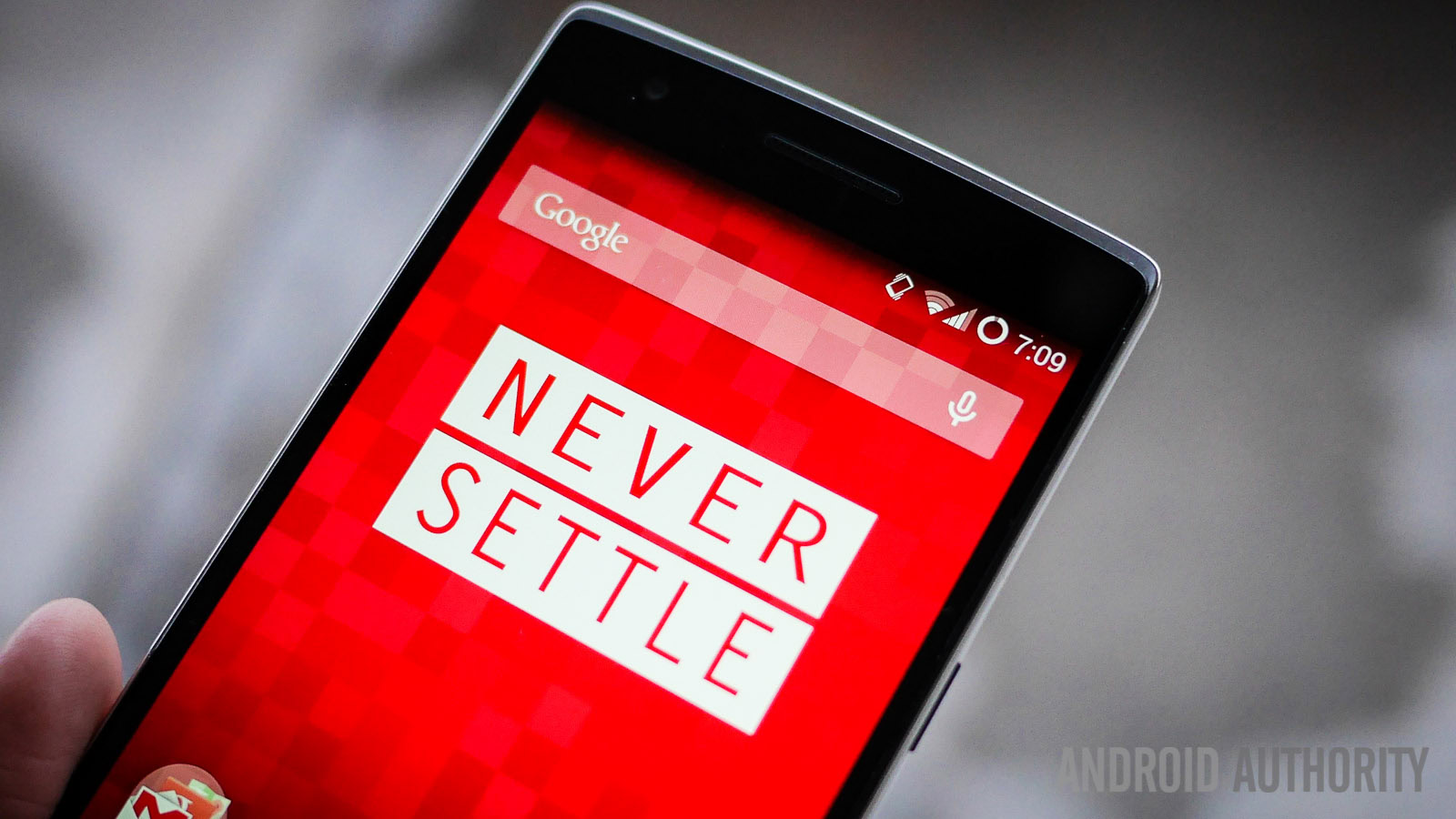
We’ve seen some fantastic flagship Android smartphones being released over the past few months, but as is always the case, high-end also meant high price point. While we have the Nexus line of devices that do blur the line between specifications versus price, one company that is looking to completely shake up the status quo is OnePlus. A teaser campaign that promised the world, while taking aim at competing devices, led to the OnePlus One being one of the most highly-anticipated smartphones of the year.
Well, the self-proclaimed “2014 flagship killer” is finally here, and of course, the biggest question is whether the company stands true to its “Never Settle” tag. We find out, in this comprehensive OnePlus One review!
We had a hard time finding anything to fault with the OnePlus One. Top of the line performance, great build quality, and arguably Cyanogen’s finest work. Yet it remains elusive – for now.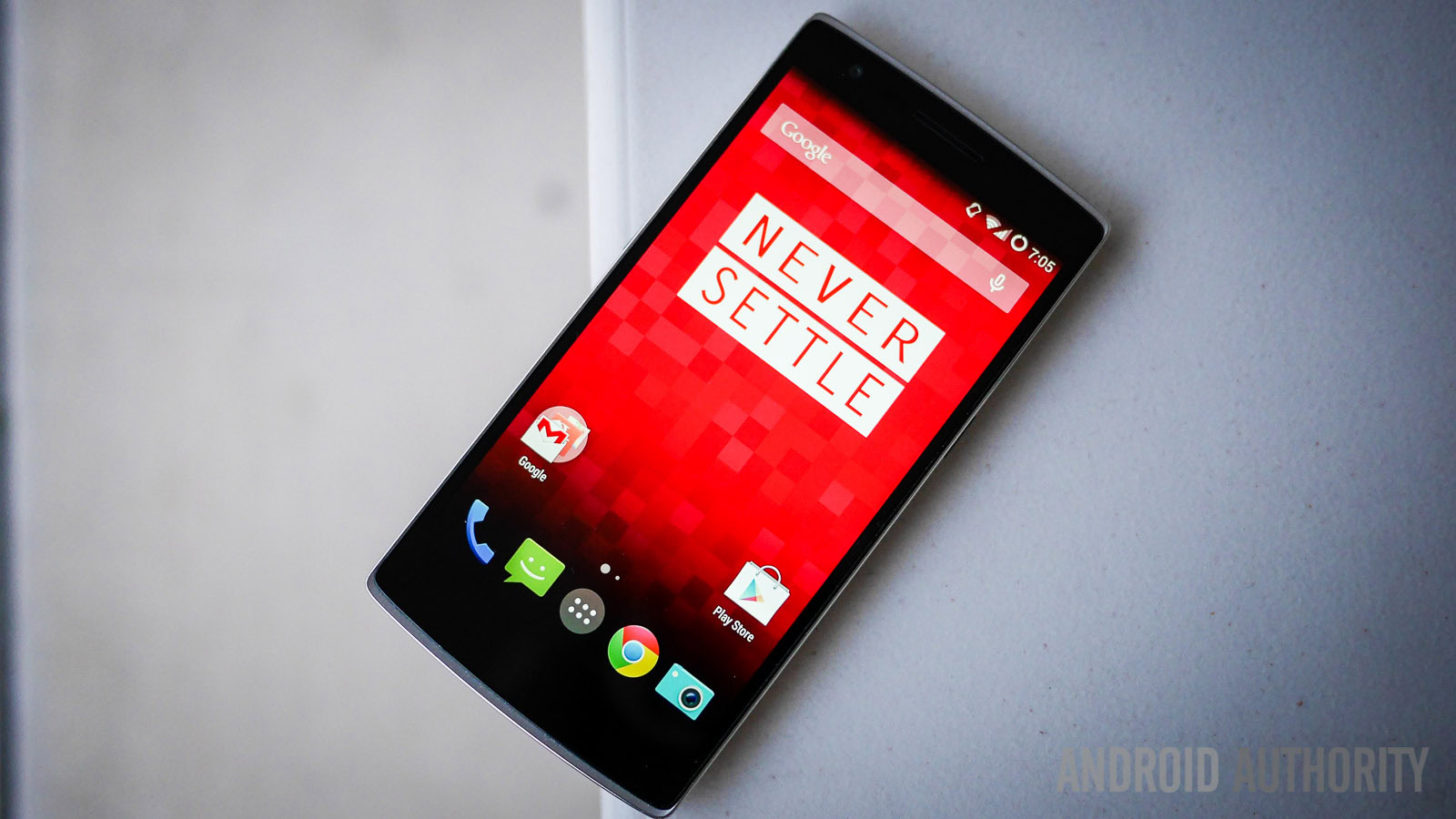
Considering that the OnePlus One boasts a 5.5-inch display, the first thing you’ll notice about this phone is its size, and only then do you start to see the elements that put it all together.
Up front is the large screen with a very respectable bezel all around, and is distraction free for the most part, with the front facing camera at the top, and capacitive keys below the display, that aren’t very illuminated. And of course, as we’ll talk about a little later, the capacitive keys can be rendered inactive in favour of on-screen softkeys, which is a unique feature of the software of this device. Switching to software keys doesn’t look out of place either, as the bottom bezel isn’t so big that you’d suddenly have a large empty and unused space.
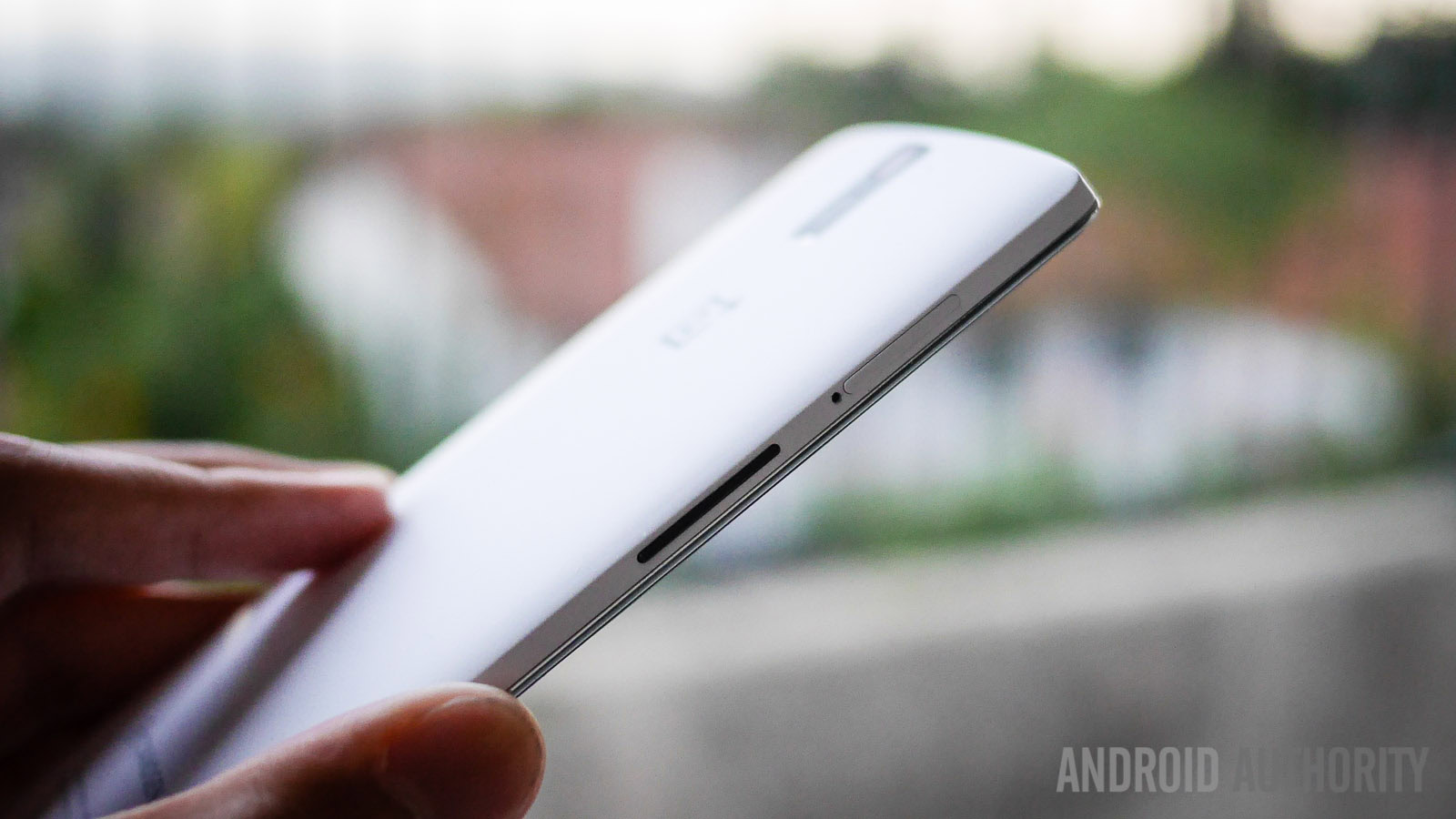
Around the sides is where you’ll find the button layout on the left and right which is placed perfectly to make the buttons easily accessible. The power button is just low enough on the right side for your hand to easily reach it, and the same goes for the volume rocker on the left as well. Pressing the buttons results in a nice meaty click, which is a pleasant surprise, considering how thin the buttons are. The top of the phone houses the headphone jack, and at the bottom is the dual speaker setup and the microUSB charging port.
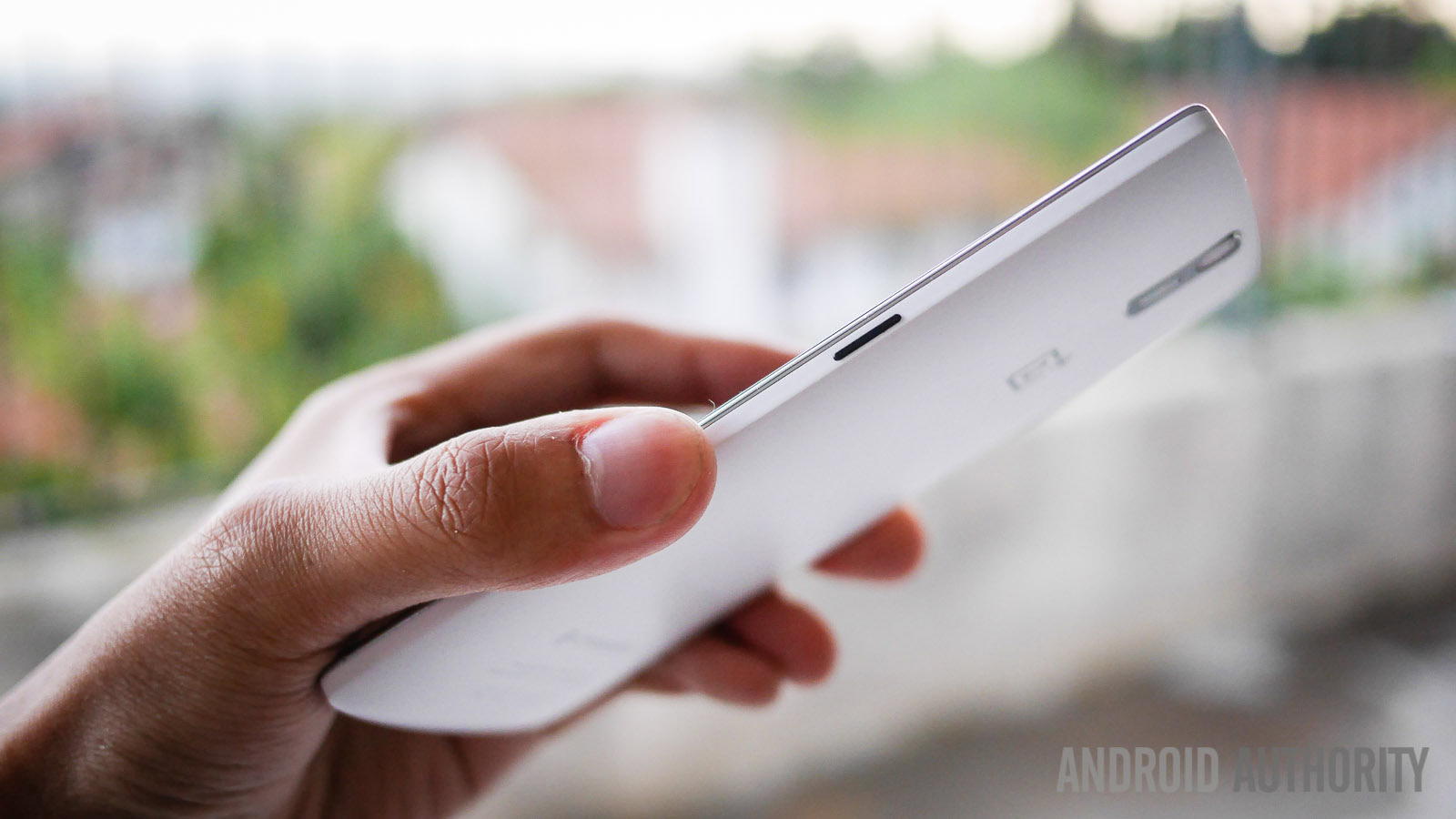
Turning over to the back is when the high quality, that you’d expect from a flagship, shines through. The 13 MP camera, the OnePlus logo, and the Cyanogen logo are all atop a smooth plastic which was called “baby skin” during the unveiling event, and is created by a company called Cashew. It is indeed incredible soft and has a really nice feeling. The material features the perfect balance between not sticking too easily to your hand and not being so slippery that you’d be worried about dropping the phone all the time. Like the OnePlus representatives kept saying, the “baby skin” feel comes when you hold the phone on your face, and it is pretty nice.
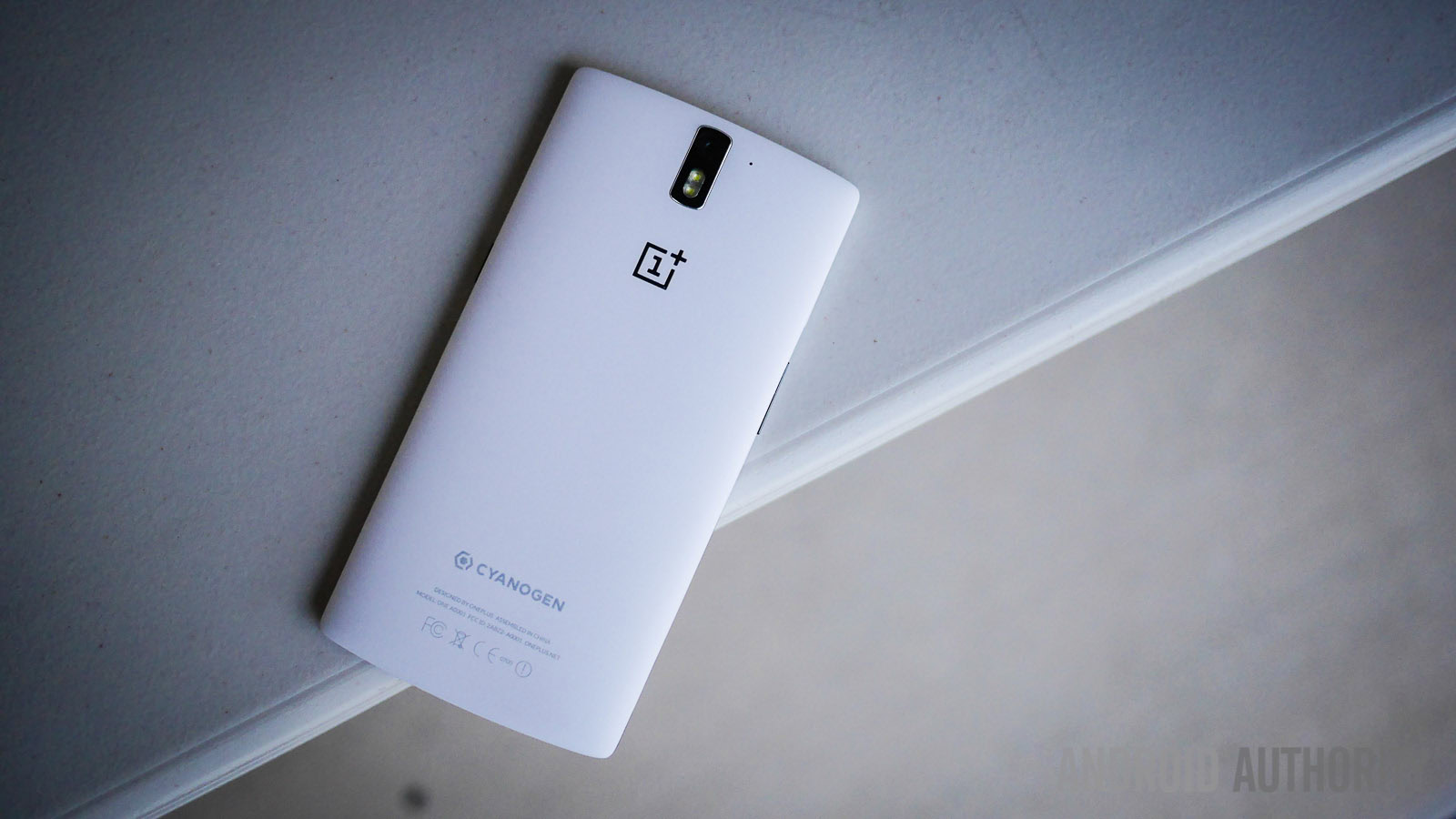
The back cover is removable, allowing for the numerous customizable covers that we’re really looking forward to, but there is one small issue with it. To remove the back cover, you first have to remove the SIM tray, and the hole you press into to pop it out is deep. The tools I would normally use with any other phone didn’t work, and I had to use either a paper clip or a long needle to get the SIM tray out. After that, you are able to take away the first snap under the SIM tray, and move all around as needed to remove the cover. What is great is that it’s not just the back panel, but essentially the entire shell that comes off. So if you decide to pick up the wood or denim back covers that will be available soon, it completely changes the look of the phone, leaving no remnants of the original aesthetic.
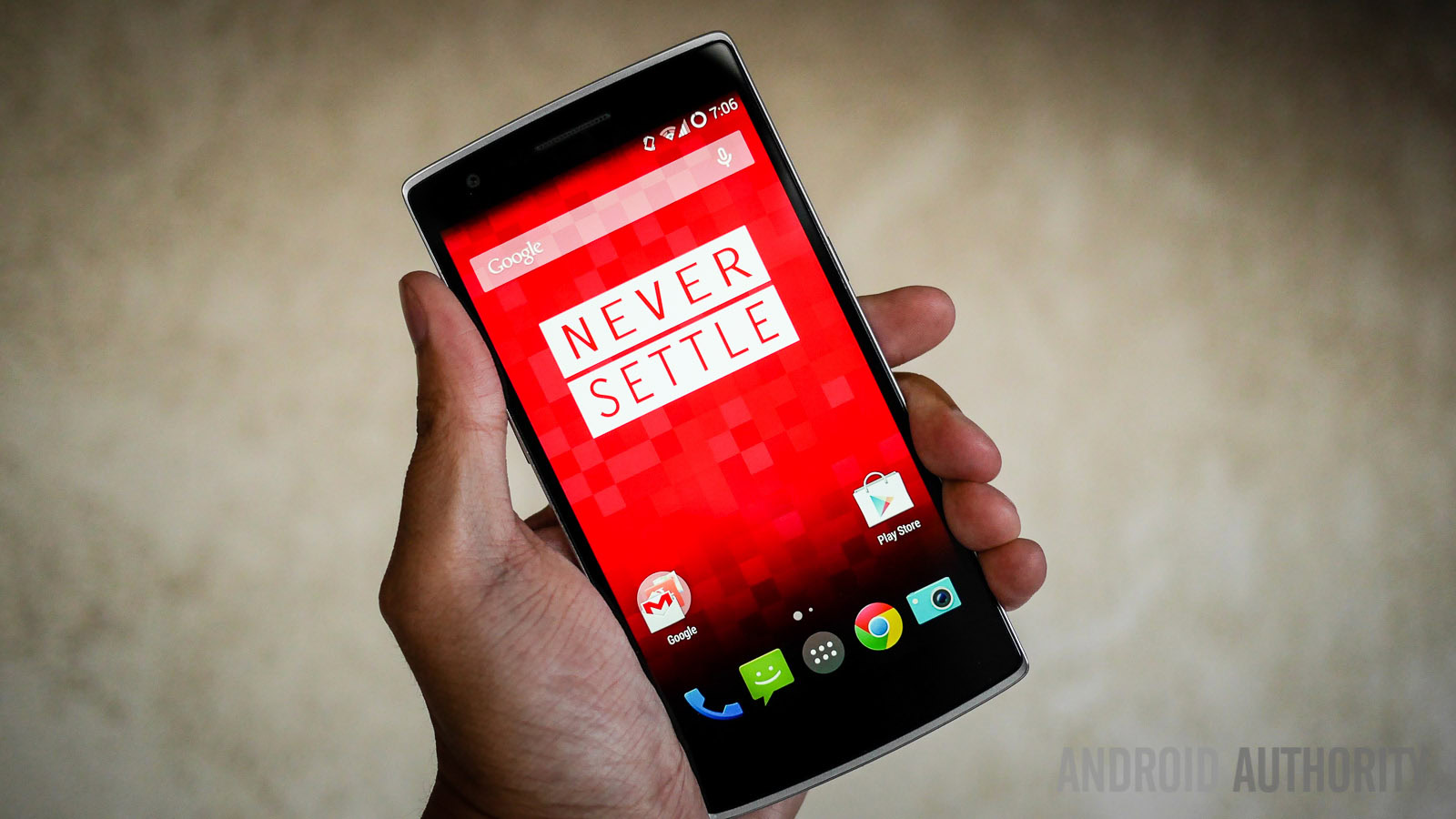
The OnePlus is definitely a large phone, so when it comes to handling, you’re dealing with a device akin to the OPPO Find 7 and the Samsung Galaxy Note 3. I have to say though that the OnePlus One offers the better handling experience in the bunch. Not only does the device have a simplistically elegant look, it’s tapered back and slightly thinner profile makes it easier to manoeuvre around. One handed use will still definitely require some hand gymnastics for the most part, but is certainly possible in certain aspects.
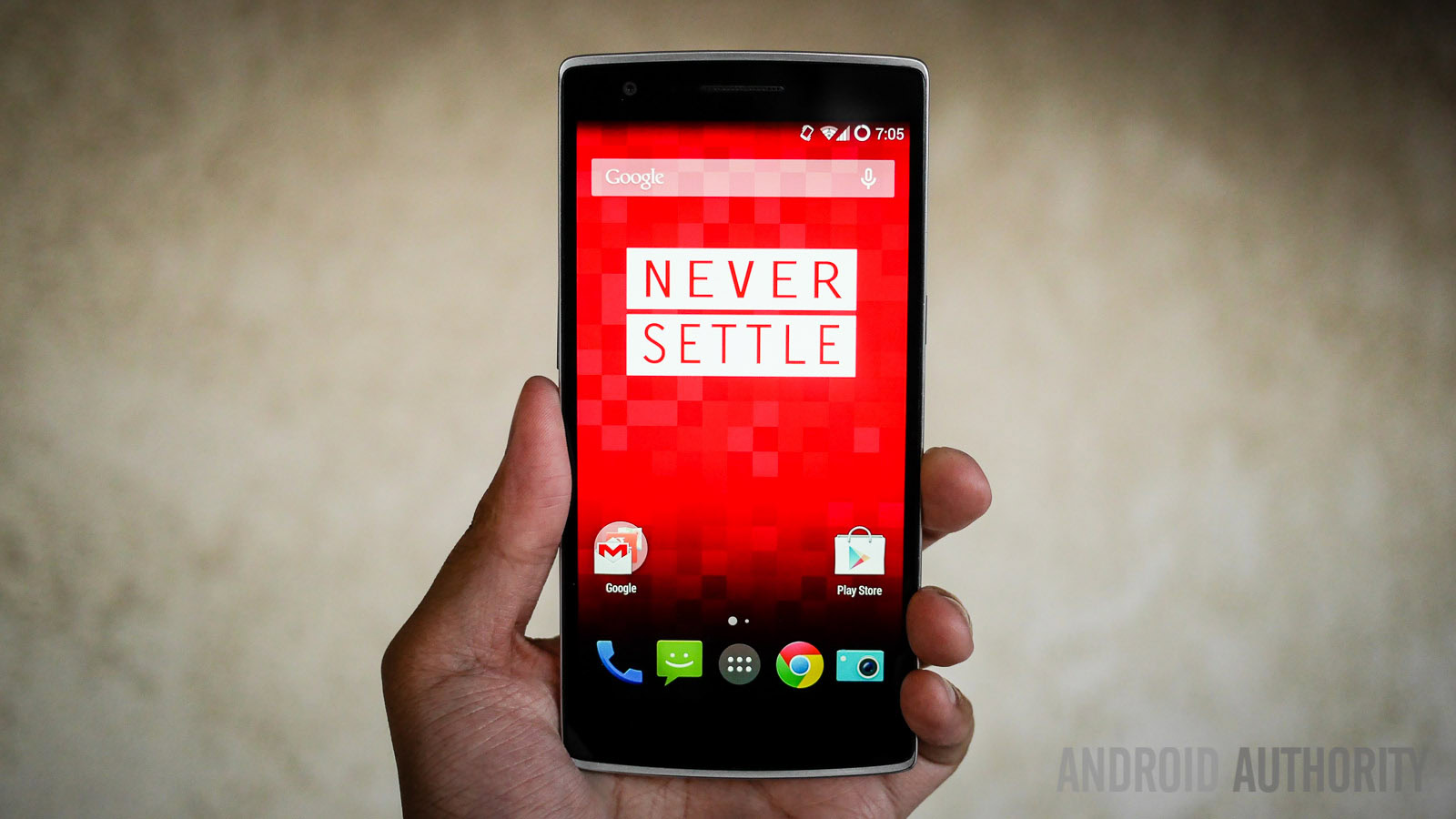
A 5.5-inch 1080p IPS display brings some great display quality to this very affordable smartphone. While the large size may result in some small issues with handling, a bigger screen certainly has its advantages as well.
Doing anything from watching movies to playing games was enjoyable on this device, with good colours all around, and the signature IPS brightness further allowing for better viewing, even in broad daylight, and great viewing angles. A pixel density of 401 ppi allows for the kind of sharpness in text that you would expect from a screen this good, and on a screen that is large enough to warrant the kind of reading and webpage browsing that you may be doing.
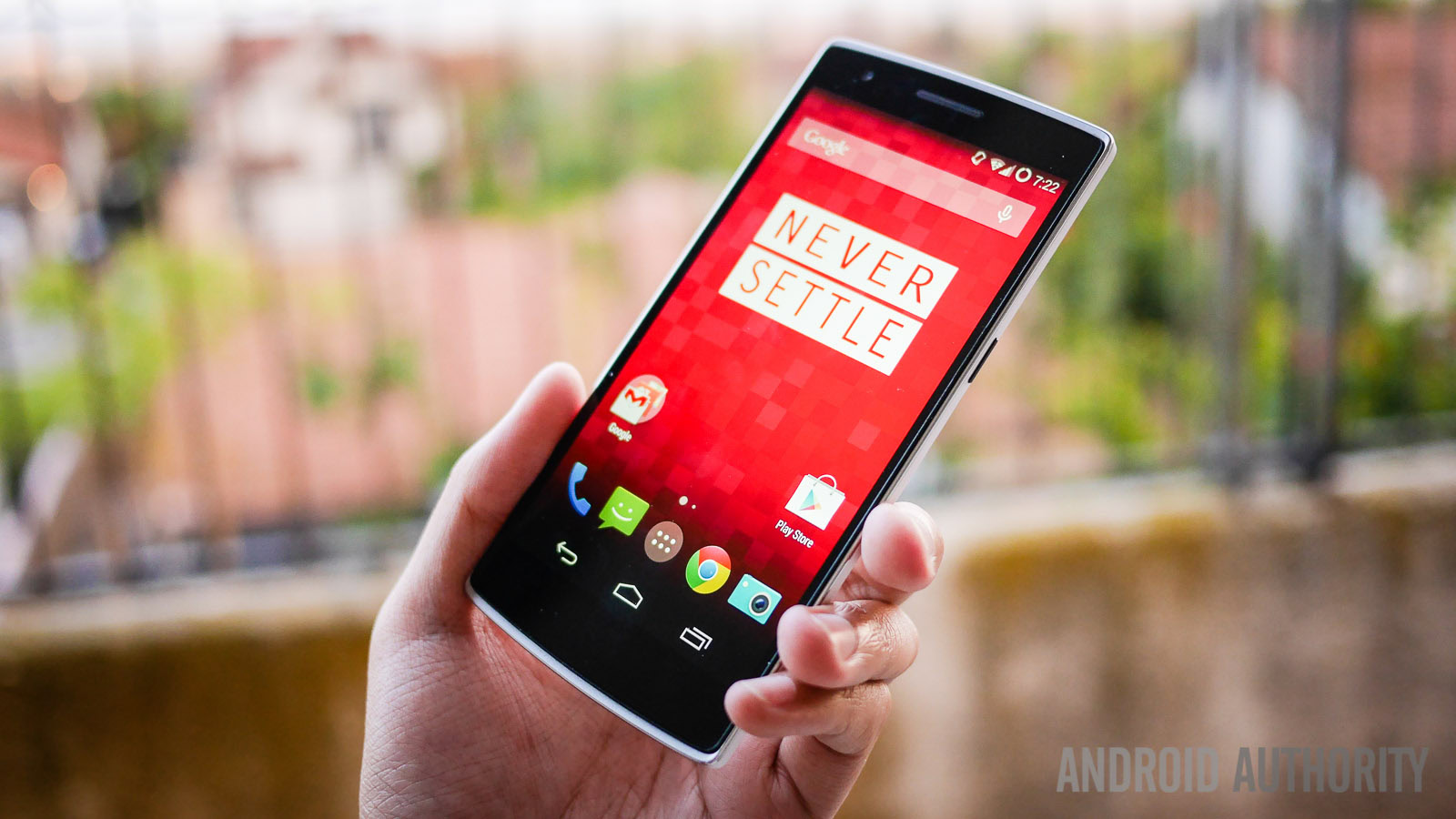
Earlier this week, I was able to watch a wrestling pay per view easily and that really was the defining moment for me with regards to this large display. Even if I had issues trying to easily handle the phone, media consumption is undoubtedly going to be fun on the OnePlus One display.
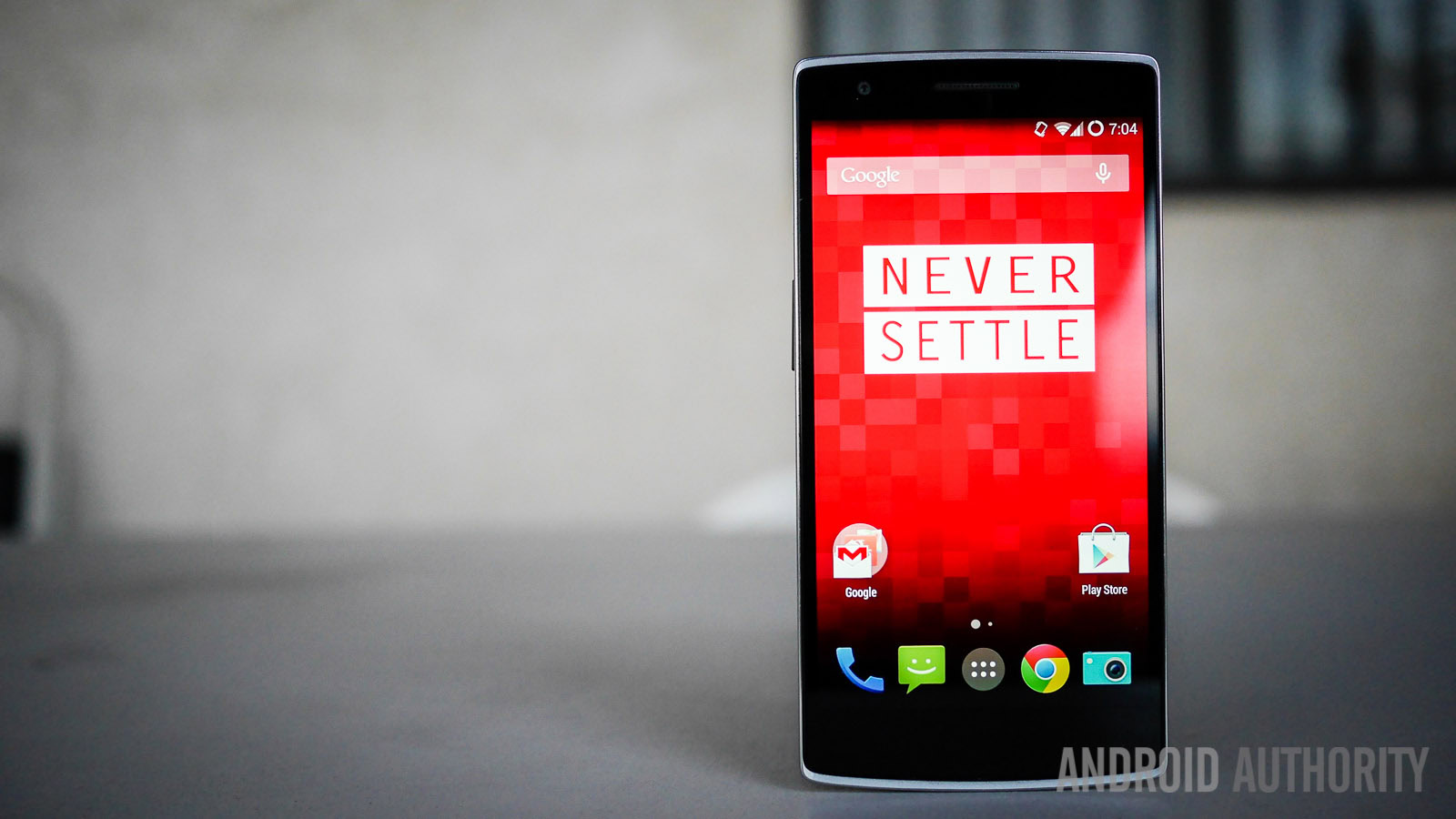
So far, we’ve been impressed by the design, build quality, and the display of the OnePlus One, but of course, all that is for nothing if the performance of the device proves to be below par. Luckily, the “Never Settle” campaign continues, with the OnePlus One featuring the most powerful processing package currently available. Under the hood is the quad-core Qualcomm Snapdragon 801 processor, clocked at 2.5 GHz, and backed by the Adreno 330 GPU. You also get 3 GB of RAM, which is still a bit a rarity even in certain other flagship devices.

We’ve been conditioned to believe that affordable implies a certain compromise in speed and performance. OnePlus is hoping to buck that trend, and they are certainly successful, not just with the processing package, but with the backing of CyanogenMod’s optimizations. Getting around CM 11S is a breeze, and multi-tasking is easily accomplished by smoothly jumping in and out of the recent apps screen. Web browsing was also very good, with no real rendering issues while scrolling quickly through pages, and the gaming experience is great as well. I’ve managed to get through half of Riptide GP 2 without any issues at all.
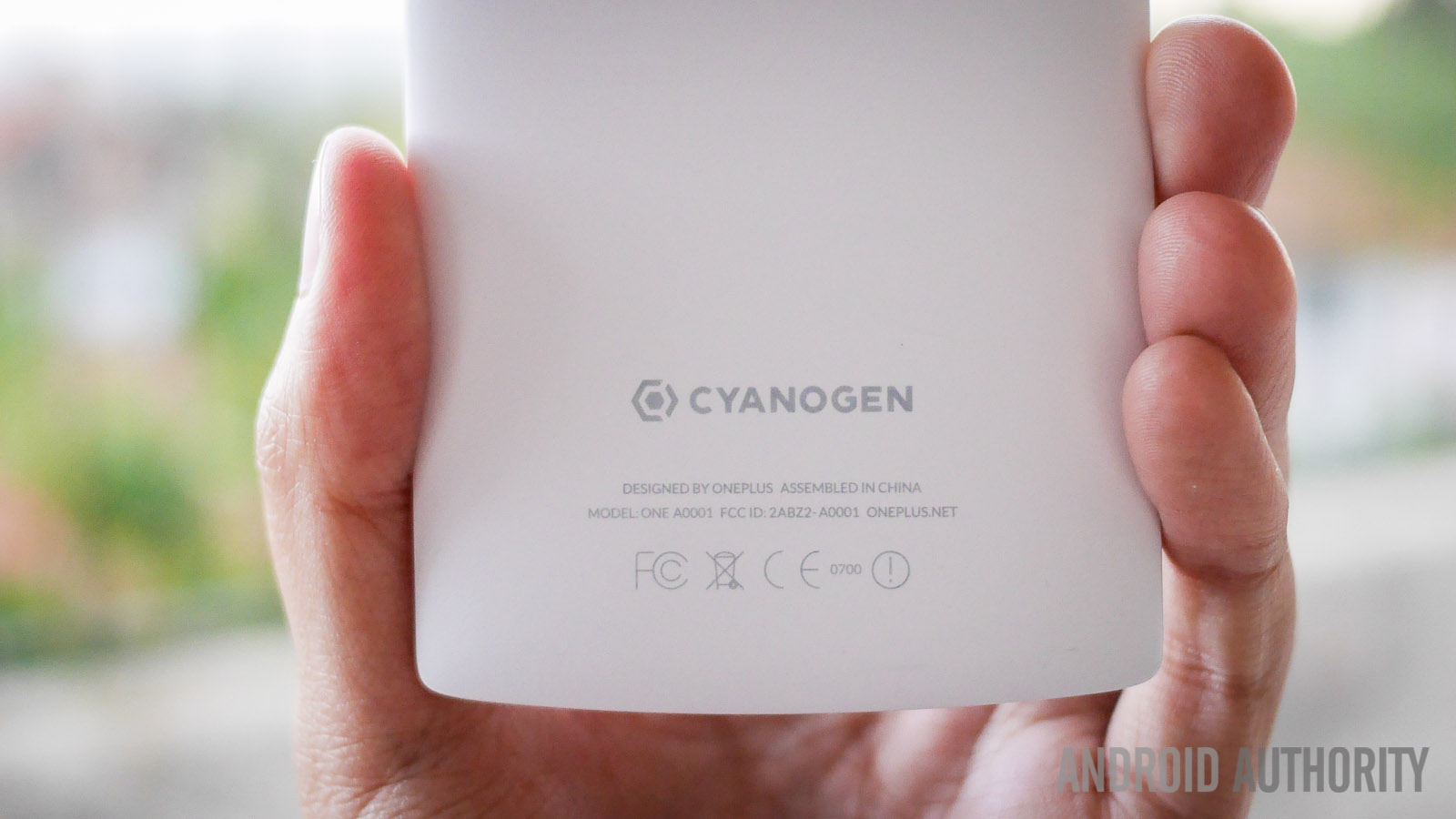
As I’ve mentioned, CyanogenMod is at the helm of the software experience, but they are able to take advantage of the processor features as well. For example, the quick boot ability in the developer options allow you to turn off the phone in a lighter state, which results in the much faster launch times. It’s not a full shut down, but you can turn off the phone to save battery life, and then get back into the operating system in seconds when you need it.
Overall, you’re definitely in good hands because of the great processing package, but a major contributing factor is also a software developer that knows how to take full advantage of its capabilities.
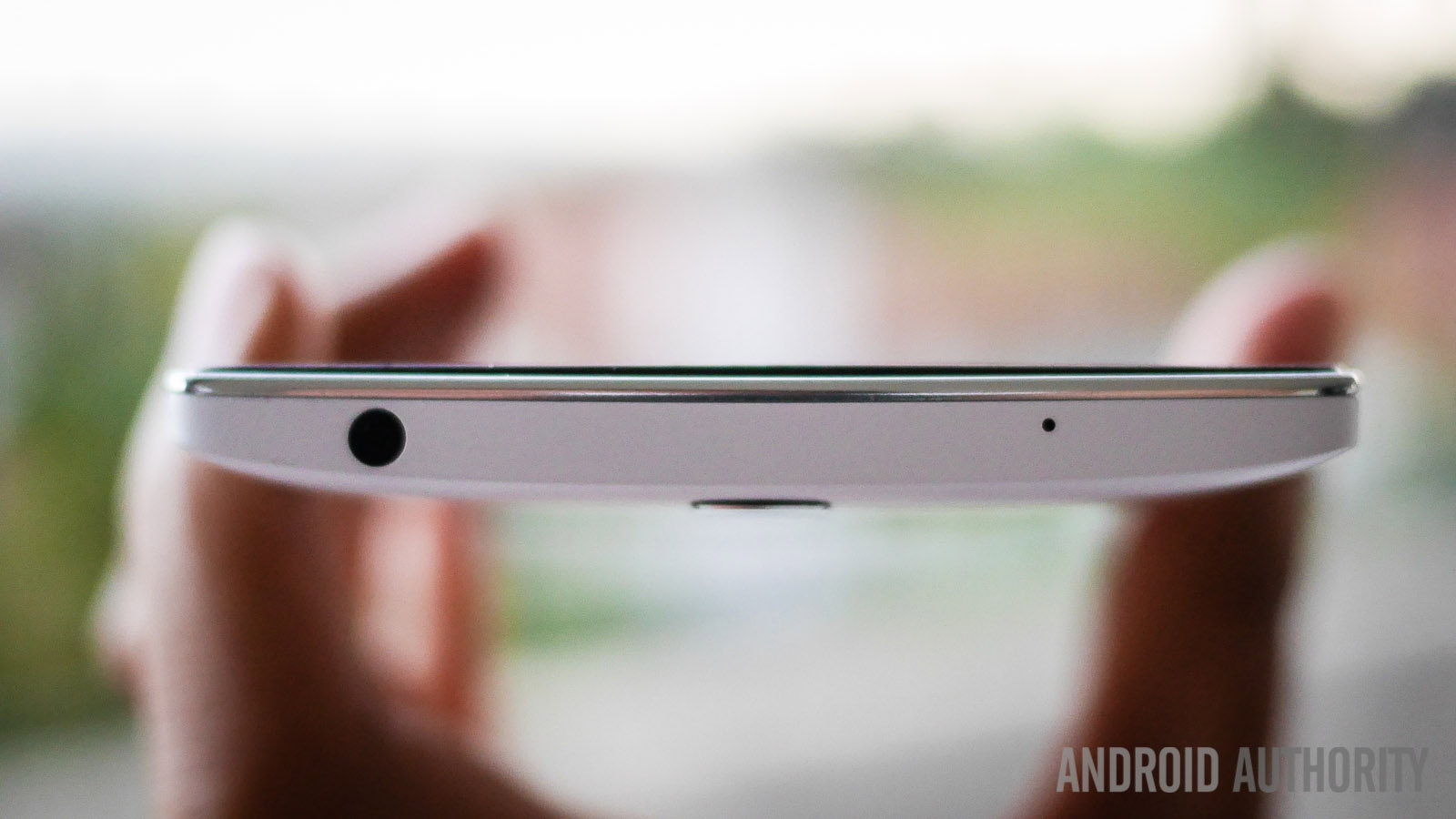
On the hardware side, you might find less offered here compared to some other flagships, but that probably shouldn’t come as a surprise considering the low price point.
You don’t get expandable storage in the OnePlus One, but if that is a point of concern, you can always go for the 64 GB version of the phone over the 16 GB base model, and it looks like most have done so, since the company has opted for a release schedule of that model first due to demand.
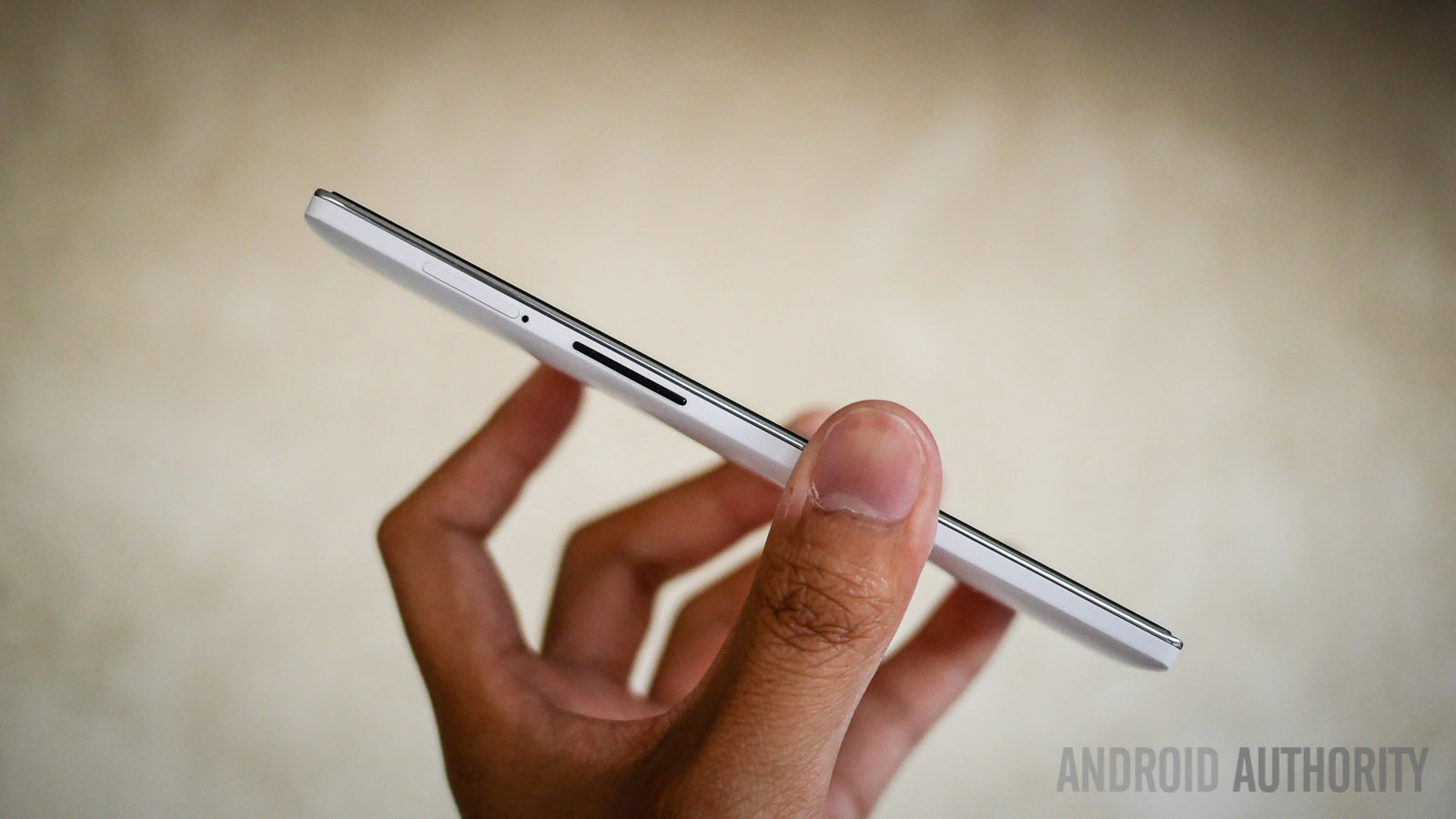
All of the connectivity options you would want are available, including 4G LTE, as evidenced by my using the phone easily on the T-Mobile network. Call quality was an interesting prospect on this review device that I have. While I sounded loud and clear at the other end and no dropped calls were experienced,, the volume of the call was quite low for me. I’ve been in touch with the guys over at Cyanogen and they have confirmed that this is a software issue that will be fixed in a future build of CM 11S. This is definitely something I’ll be checking back on in the future, but I’ve been assured that a fix is on the way.
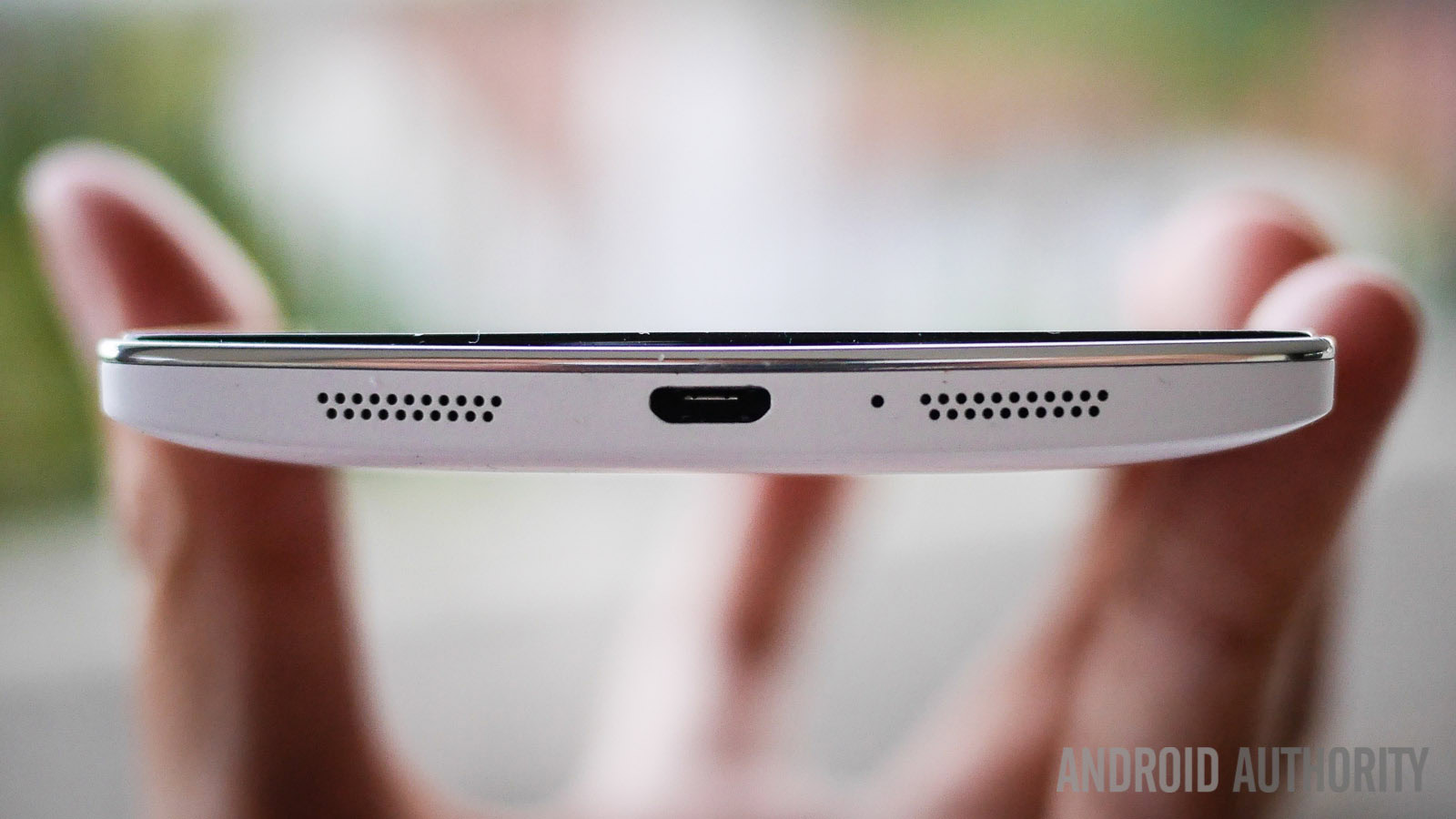
When it comes to the speaker, the dual speaker setup on the bottom of the phone provides some adequately loud audio. it’s not particularly rich, but certainly gets the job done, allowing you to enjoy media even in typically loud environments. Plugging in some headphones let’s you enjoy the AudioFX capabilities Cyanogen worked hard to build. It’s a great app that gives you presets and also equalizer freedom to cater the sound to your liking, and all the bass lovers out there will be happy to see the bass boost knob given centre stage in the app.
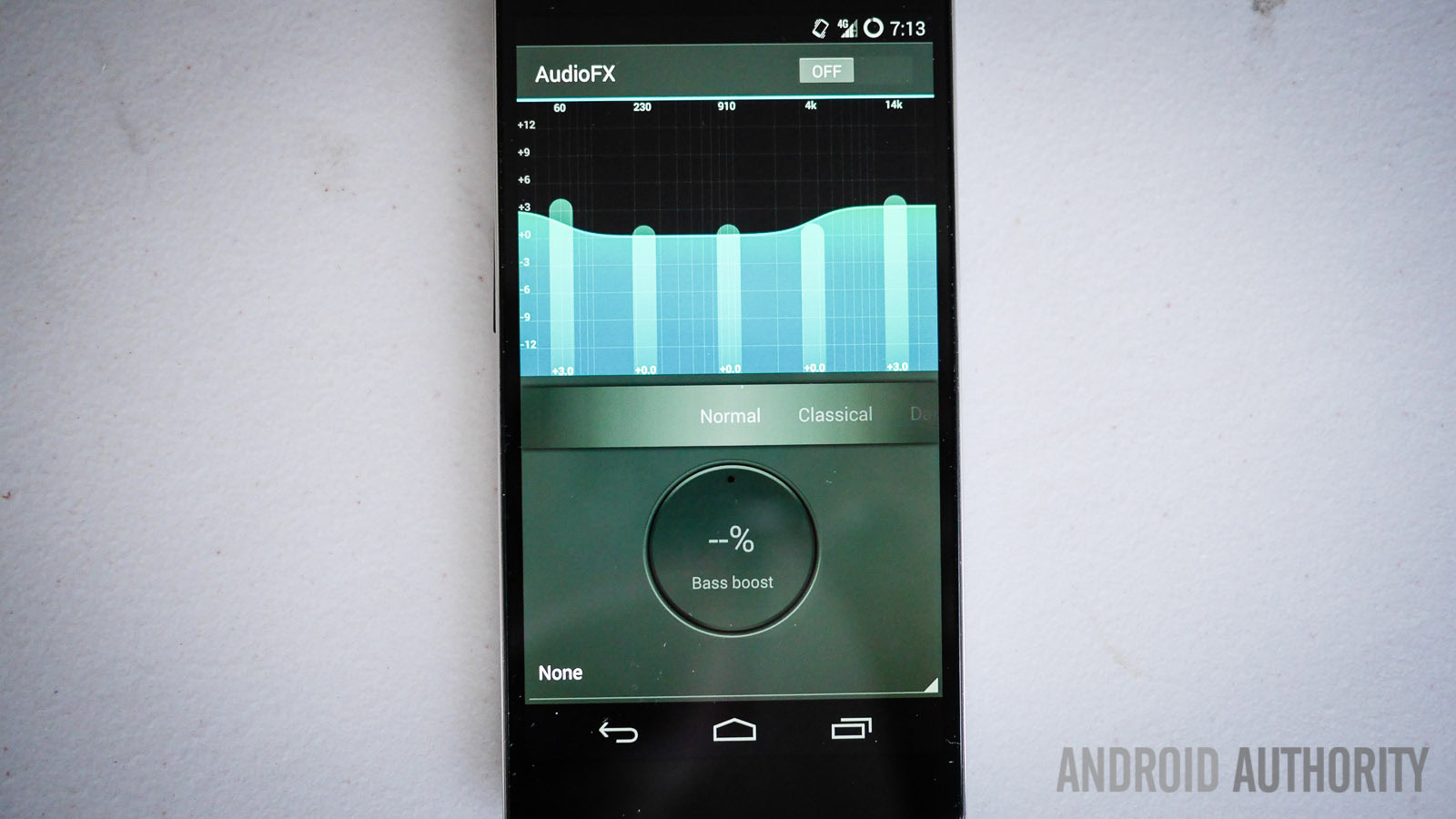
Finally, you get a 3,100 mAh battery with the OnePlus One, that is more or less around the standard capacity we’d expect from a phone of this size. That being said, the battery life is also pretty standard. While some power saving features might have been a welcome addition, I wasn’t ever afraid of running out of juice before going to bed. But needing to charge the phone every night will become normal for you, as the day and half of runtime is only possible with some really frugal usage.
In a day, I used the phone to do the camera shootout in an area where it was difficult to find cell reception in the dead zone that is Venice Beach, watched a part of the WWE pay per view using 4G, made quite a few phone calls and texted a lot, andwas able to get back home with double digit battery life still intact.
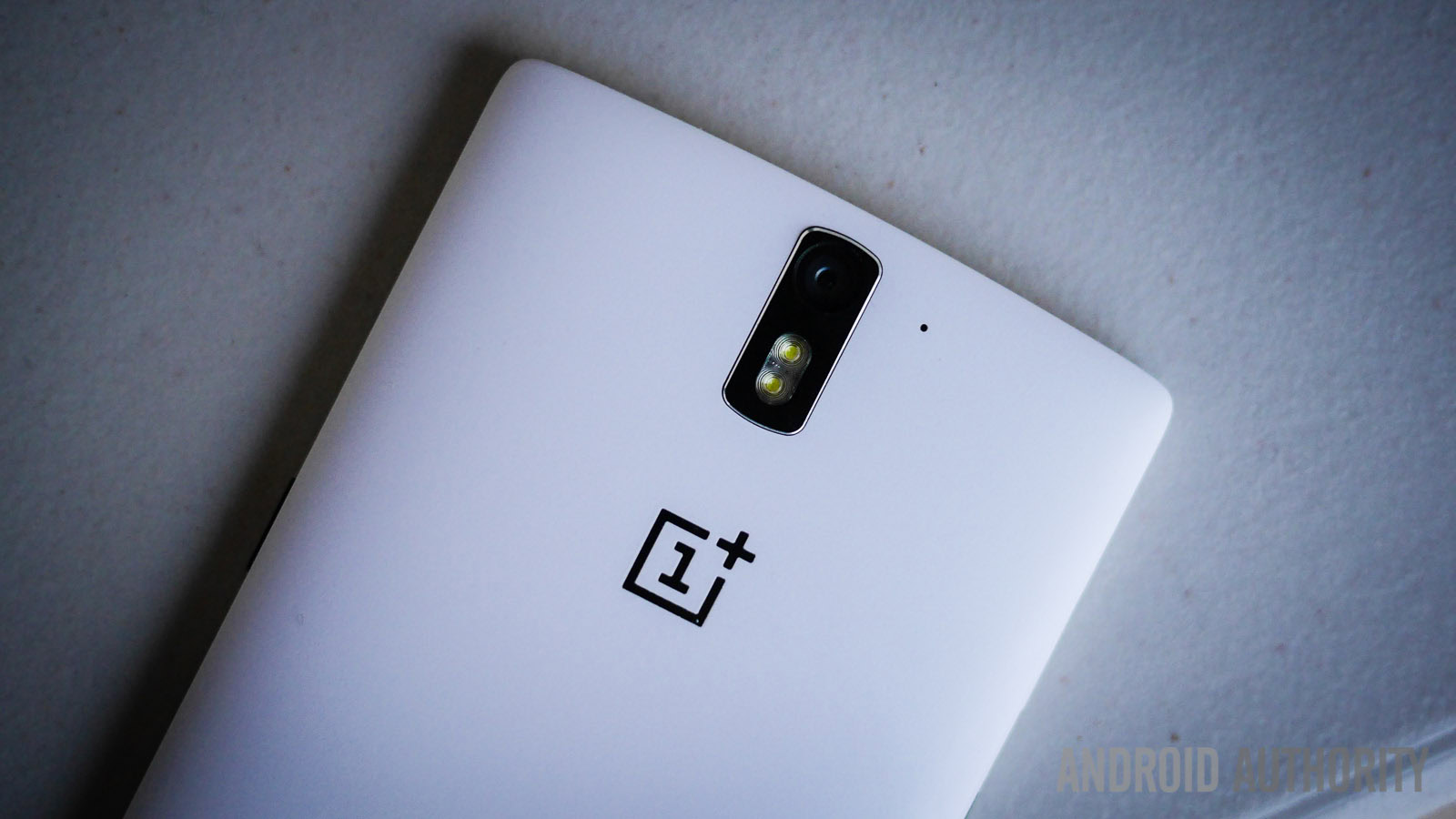
When it comes to the camera, Sony’s Exmor IMX214 sensor is what backs Cyanogen’s own camera application.
The camera app comes with a lot of features built into its version of the Google Camera’s interface. One letdown, at least for me, was that the full 13 MP resolution only yields you 4:3 aspect ratio photos, when I personally prefer to shoot at 16:9. This might not be an issue for all the users out there, but it is just a preference of mine. The menus in the app feature a bunch of scene modes and live filters, all of which can be selected from a swiping interface that easily allows you to choose among them. The live filters are a nice touch, as they show up in the entire viewfinder. Diving in deeper will help you find the settings available for ISO and exposure compensation, as well as the option to even change the codec used for video capture.
You can see how the picture quality is in the camera shootout video above, and I was quite impressed with the images that came out. Colours were neither too dull nor too saturated, and the level of detail in many of the shots were really nice. The camera also performed as well as it could in low light conditions, even at a concert. Easily taking advantage of the filters and modes will allow you quick capture of your scene just the way you want it, and while the focusing speed isn’t lighting fast, it is decent enough to get your shot off in time.
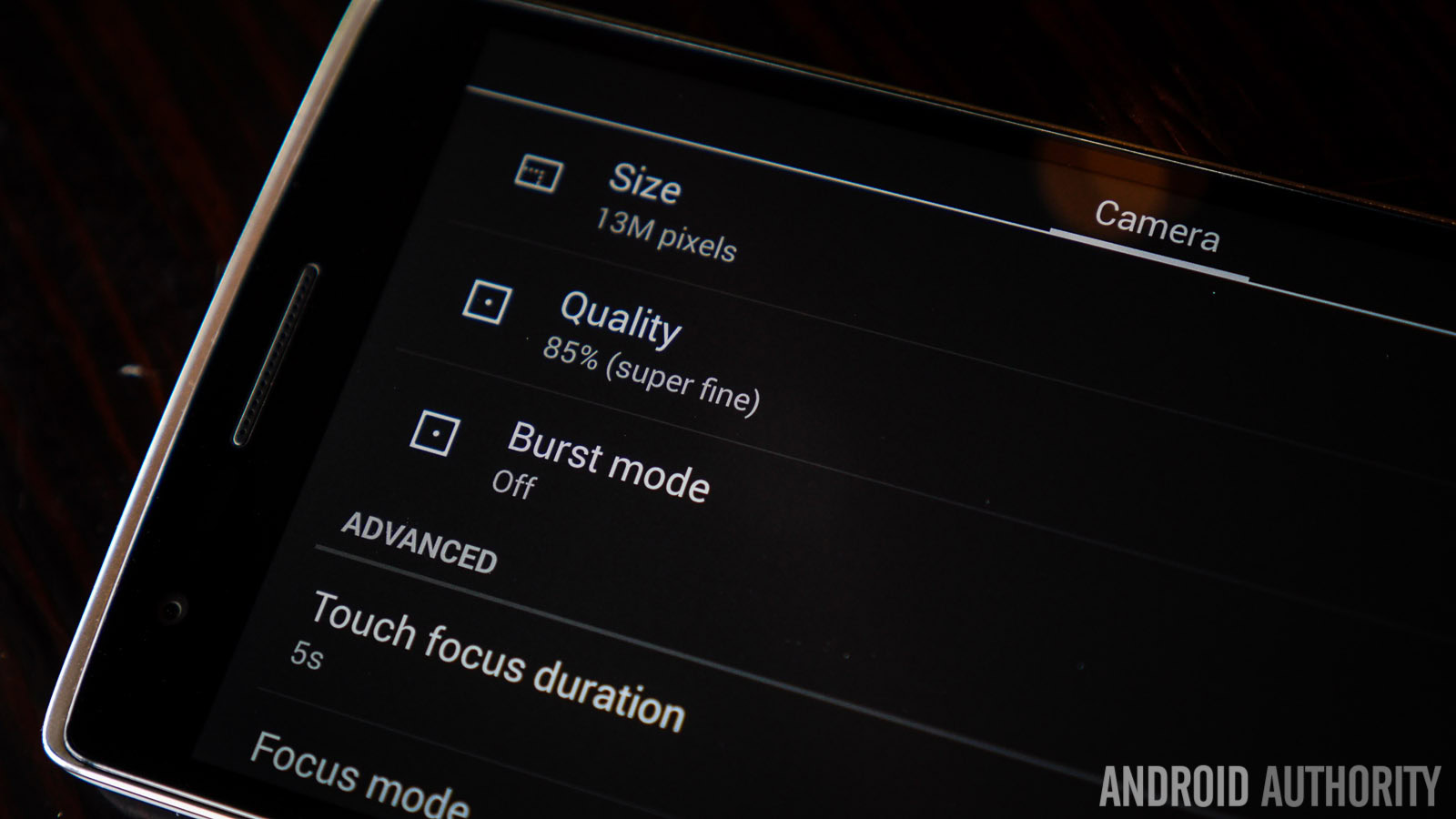
Video capture in 4K resulted in some good quality videos as well, but you’ll definitely be needing the 64 GB version of the phone if you’re going to make a lot of videos this way. It’ll be very easy to run out of space, with clips that are just 3 minutes long taking up 1.5 GB of storage. Slow motion video is also available at 720p resolution, allowing for 60 or 120 fps capture that yield half or quarter speed videos. As you may have seen in the camera shootout, audio capture during videos only recorded the left channel, but this is another software issue that Cyanogen should release a fix for very quickly.
And finally, if you’re looking to step up your selfie game, all the live filters are available for usage with the 5 MP front facing shooter as well.
Ultimately, you have a very capable photo and video package with the OnePlus One, and while it may not blow anyone away, it can arguably be placed among some of the best Android smartphones currently available.
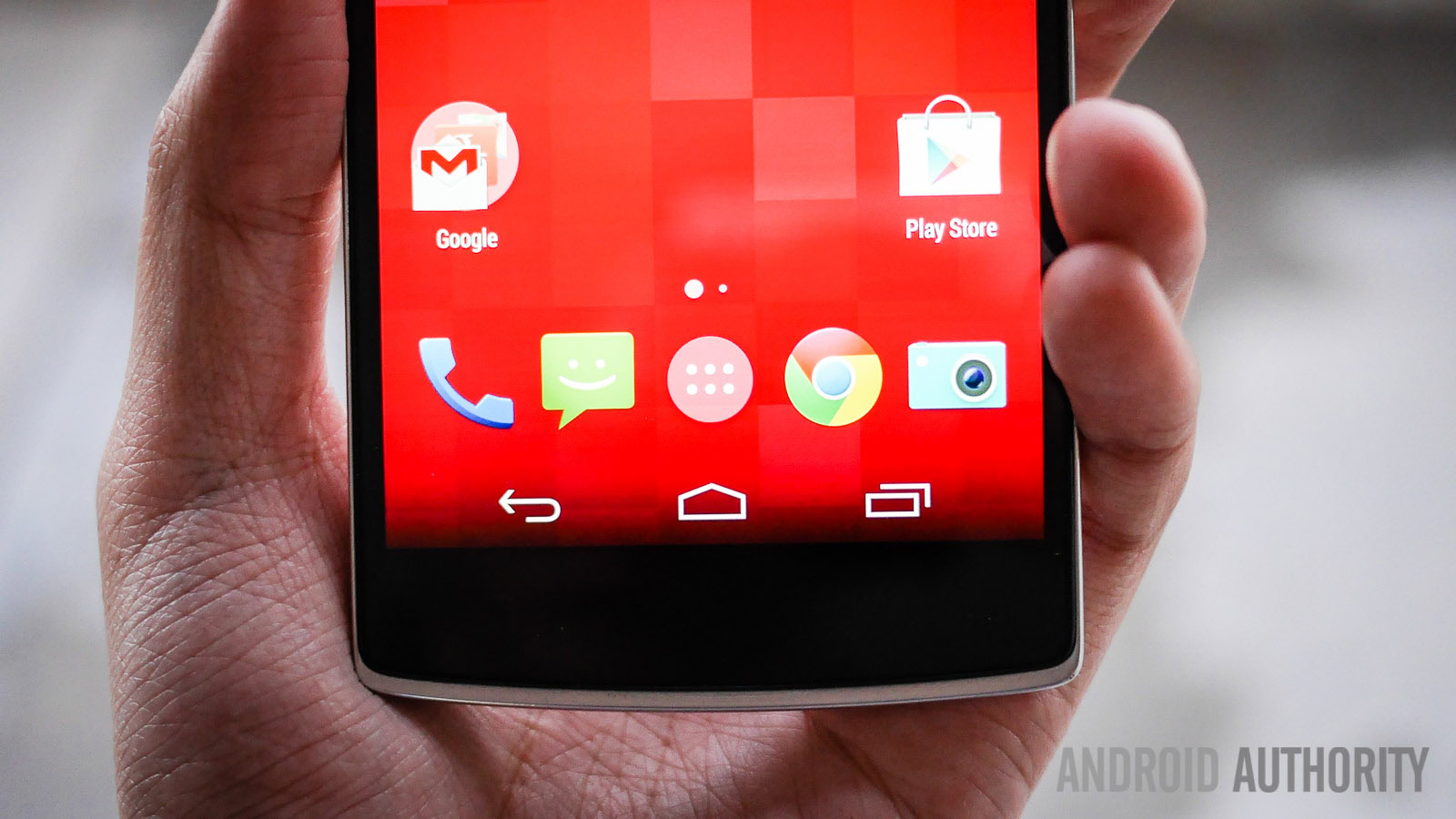
A much talked about aspect of the OnePlus One is of course its software. We get the newest version of CyanogeneMod, CM 11S, which results in an experience that is very close to a stock Android feel, but packs a lot of customization underneath.
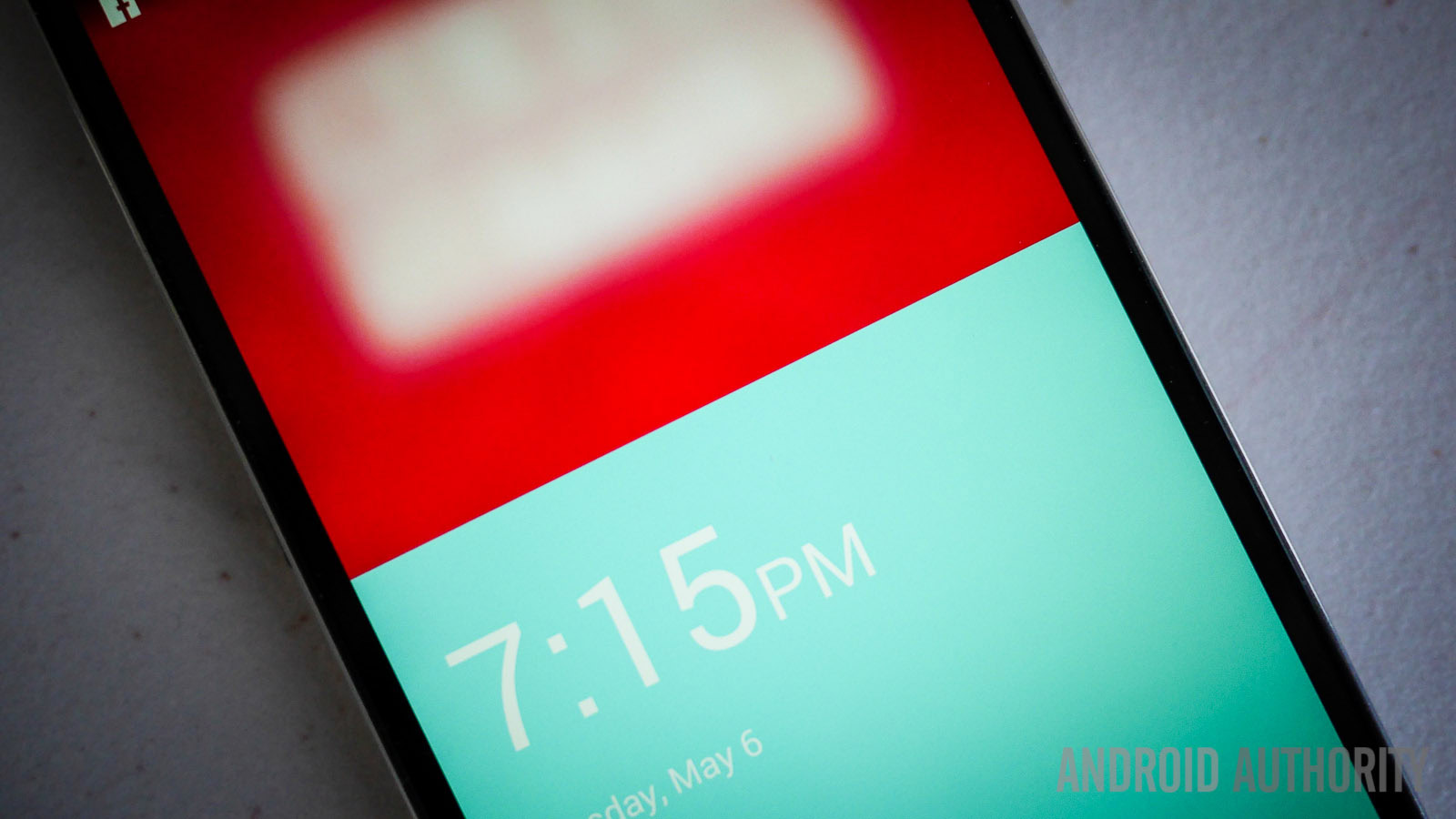
You’re greeted with the custom simple lockscreen a first, but once you pull down on it, you’re give the familiar canvas for widgets and icons, all of which can be catered to your liking, either through the settings or through Cyanogen’s own powerful theme engine.
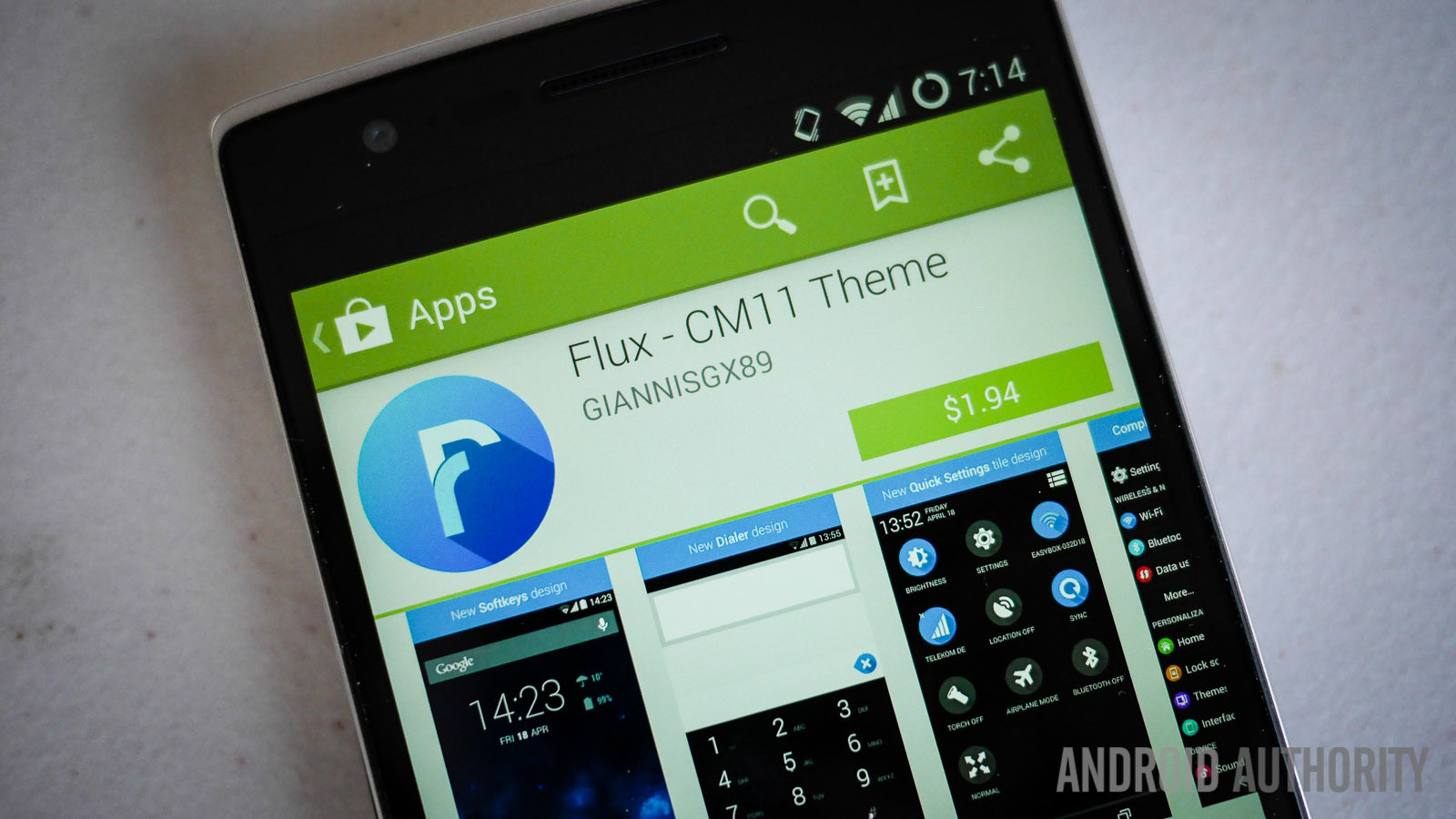
The themes available in the showcase application are still rather limited, but will grow over time, and all of the themes are linked to listings in the Google Play Store. Even though not all of them are free, the ability to change everything from fonts to even the boot screen, mean that with some invested time, you’ll able to really make the user interface look exactly the way you want it to.
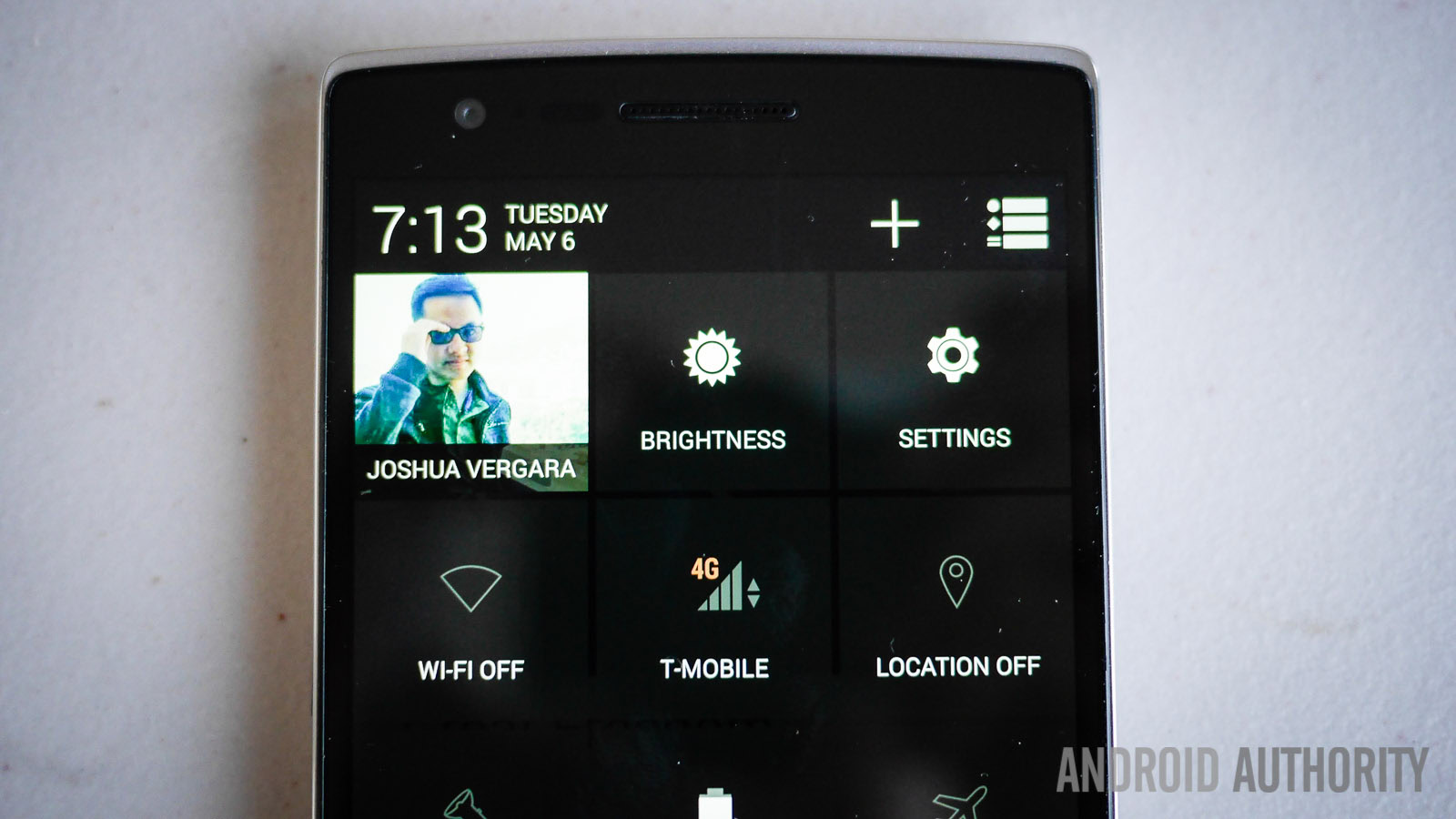
Dive deeper within and you’ll find even more features that make life easier, like on screen gestures, ranging from a simple double tap to wake, to being to able to draw a circle on the screen to easily get to the camera, there are a number of different gestures for various tasks. These certainly prove to be useful, but you might end up accidentally triggering them, which can happen fairly often. Various other elements like the quick settings in the notification shade show just another layer of the customization available.
Some included features also show Cyanogen’s own vision of Android. Voice+ is a feature only available in CyanogenMod, which allows for the usage of any messaging app when sending or receiving SMS messages through Google Voice, which is a feature we’re still waiting for on Google Hangouts. With security and privacy in mind, you get WhisperPush, that is good for anyone looking to encrypt sensitive information sent through text, and Privacy Guard, that allows you to see what your apps are doing when they are accessing pieces of information such as your current location. Screencast is a built-in feature allowing for screen capture, which is definitely a cool addition. And finally, the Gallery app elegantly groups together your pictures into “Moments,” in an attractive grid format.
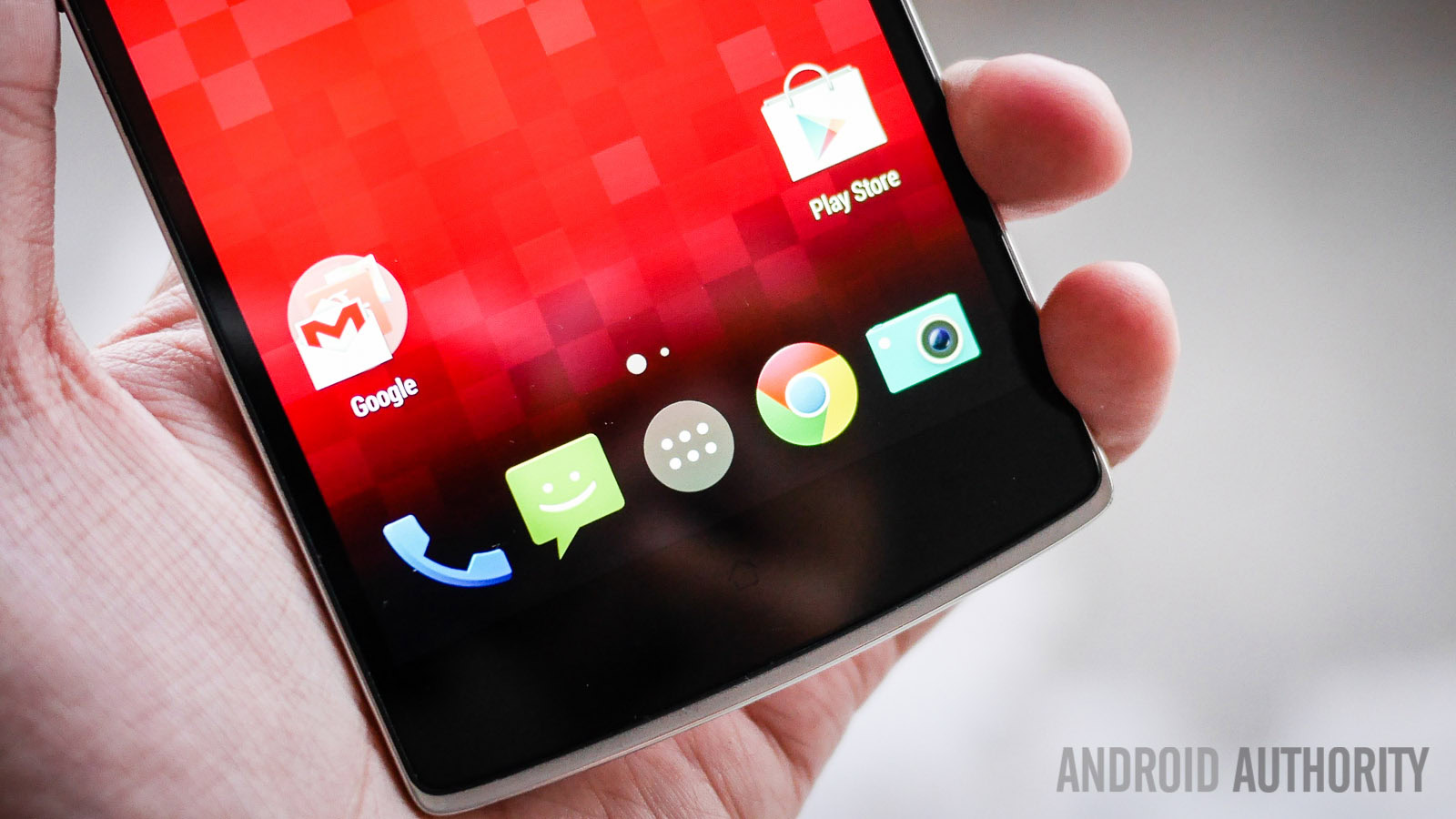
And as a final look at the customization, we have the ability to move back and forth between the capacitive keys and on-screen software keys, so if you prefer one over the other, you can always choose. Even the buttons themselves are customizable. You can change what double tapping or holding the capacitive keys do, and even change the layout and behaviour of the softkeys.
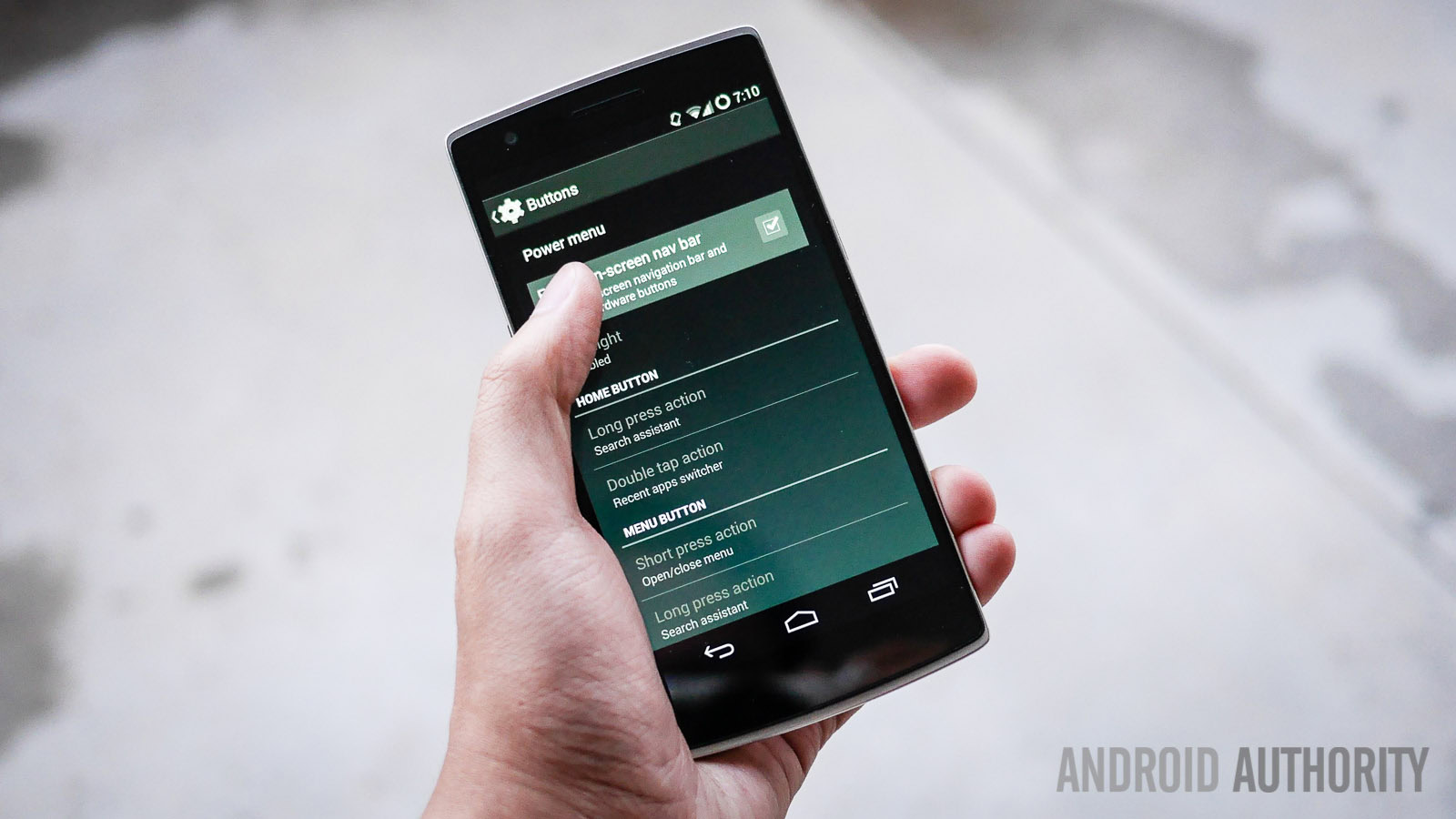
While we are still dealing with a very near final version of the software, I had very few issues with crashes and lag, with the only app that won’t work being VSCOCam. At the end of the day, CyanogenMod has found a new home with the OnePlus One, a device that only only affords it the power and hardware to play with, but the opportunity to truly show the masses what it is capable of.

The blogosphere has been raving about the incredible price point of the OnePlus One, so you’re probably sick of hearing it by now, or not, because it really is that difficult to wrap your head around. $299 gets you the base 16 GB model, and the 64 GB black edition will set you back just $349, and will likely be coming first in the release cycle.
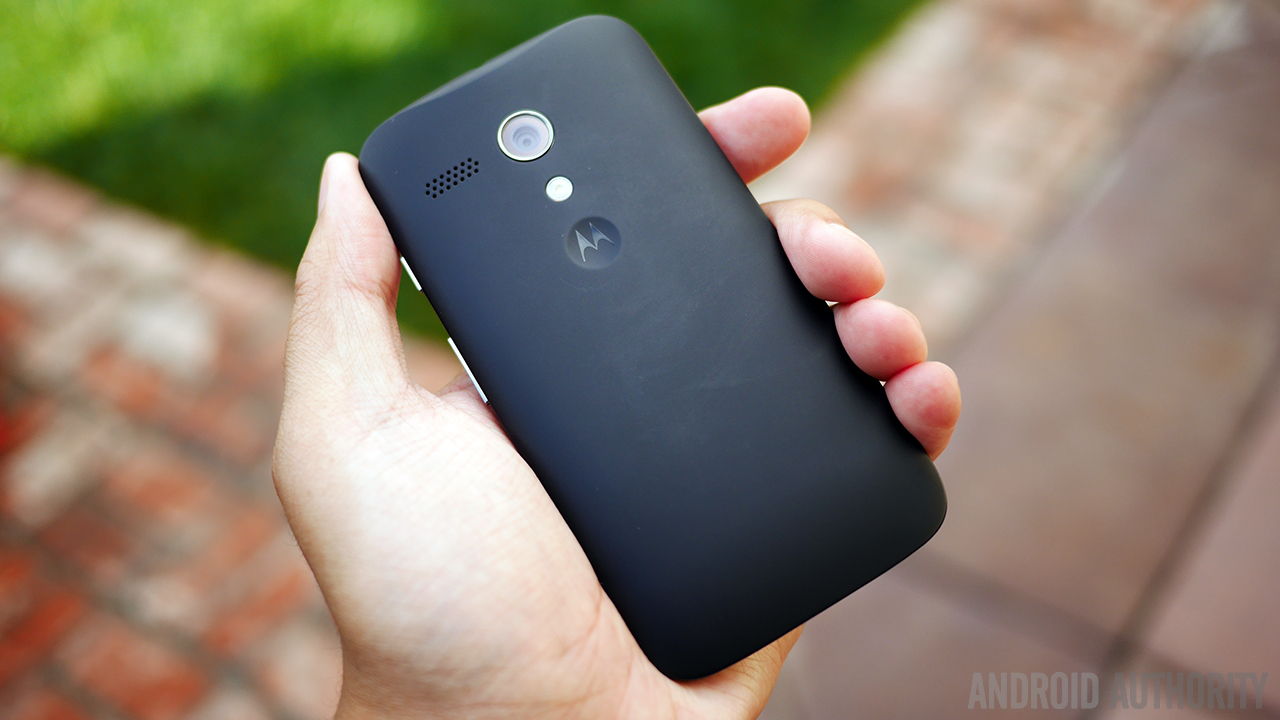
It’s easy to wonder what other smartphones you might get at this price point, and it’s evident that the competition just doesn’t stack up. The Moto G, with its great value, also packs significantly less all around. The Moto X can be found on sale for $299 these days, and while its optimized take on Android is one of the most accessible experiences out there, it also isn’t all that powerful in comparison.
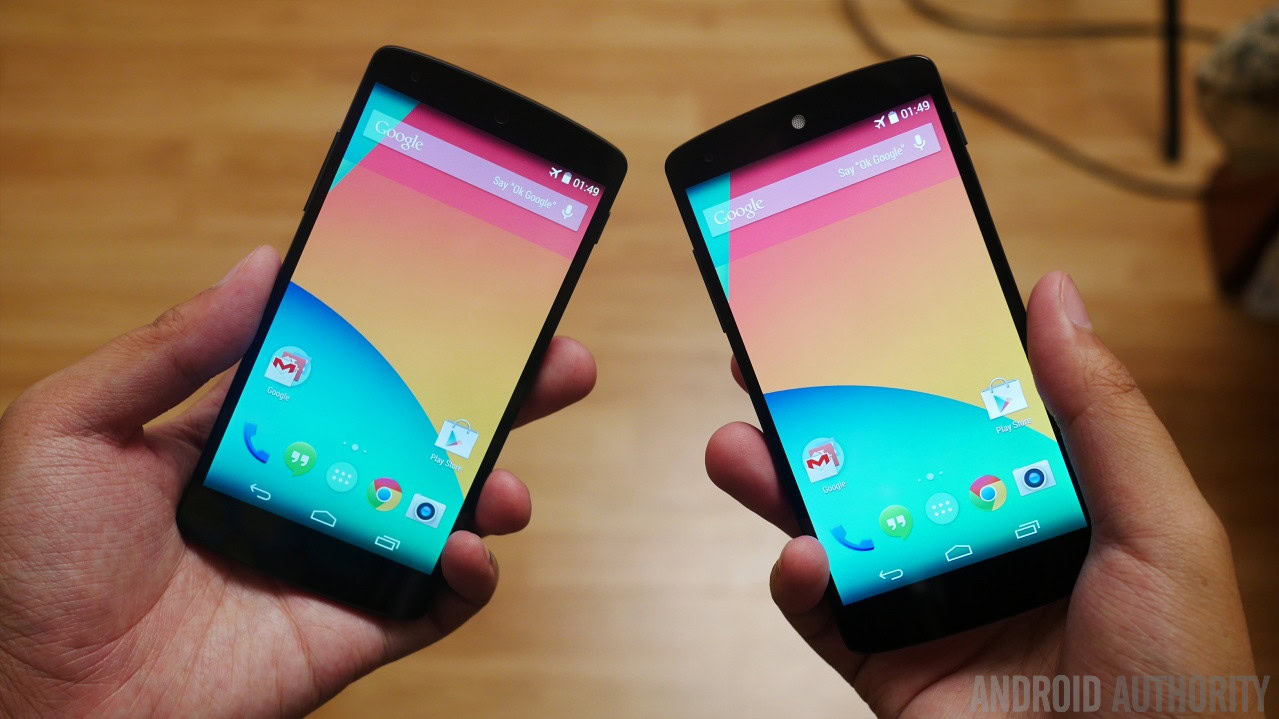
At the $349 price point, the closest competition is obviously the Nexus 5, which provides stock Android along with a slightly slower processor but comparable hardware, with the big difference being that at that price, you get a 16 GB version of the Nexus 5, compared to the 64 GB version of the OnePlus One.
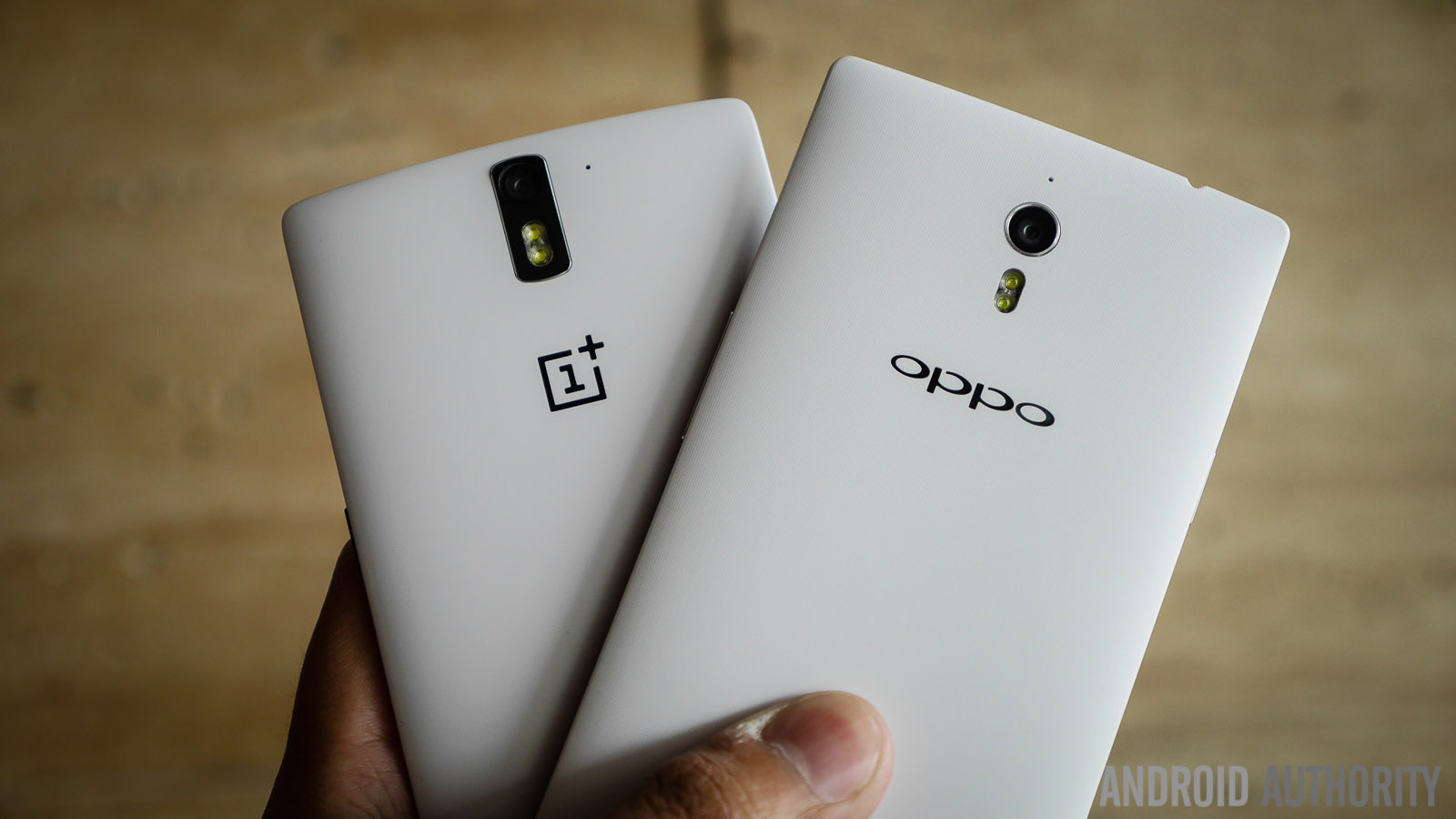
The main competitor in a lot of ways would be the quite similar OPPO Find 7a, the variant that features a 1080p display, that comes in at $499. For the extra money, you get a removable battery, expandable storage, and the amazing fast charging capability, but it all comes down to whether these extras are worth the $150 – $200 more.
| Display | 5.5-inch LTPS IPS with TOL display, 1080p (1920 x 1080), 401 ppi. |
|---|---|
Processor | 2.5 GHz quad-core Snapdragon 801 Adreno 330 |
RAM | 3 GB |
Storage | 16/64 GB, no expansion |
Camera | 13 MP rear LED flash, Sony Exmor RS sensor, 6p lens, f 2.0, 4K, HDR 5MP front, f 2.0, 80 degrees field of view |
Battery | 3,100 mAh |
Connectivity | GPS, GLONASS, microUSB 2.0, Wi-Fi a/b/g/n/ac, Bluetooth 4.1, NFC |
Networks | GSM/WCDMA/FDD-LTE/TD-LTE |
Software | CyanogenMod 11S based on Android 4.4 Kitkat |
Dimensions | 152.9 x 75.9 x 8.9 mm 162 grams |
Colors | Silk White/Sandstone Black |
And so, there you have it, the OnePlus One. It’s obvious that OnePlus did all it could to keep from settling for second best. With the performance aspect, the above average camera quality, and Cyanogen in its corner, the price you pay for such a powerful package seems way too good to be true. Throughout my usage of this device over the past week, I’ve struggled to find the cut corner that might take all the magic away, and so far, I haven’t found it.
Handling aside, this is a great looking device, and with the power it offers, it hasn’t been hard to have fun on the large screen. CyanogenMod 11S will please anyone looking for a stock-like simplistic interface, while those who love to tinker will get their kicks as well. The only sore spots would be the lack of expandable storage and somewhat above average battery life, but that’s really a very small price to pay, considering the very small price you literally have to pay.
It’s not often that I review a phone and seriously consider buying one, but I could find very little reason not to in the case of the OnePlus One.